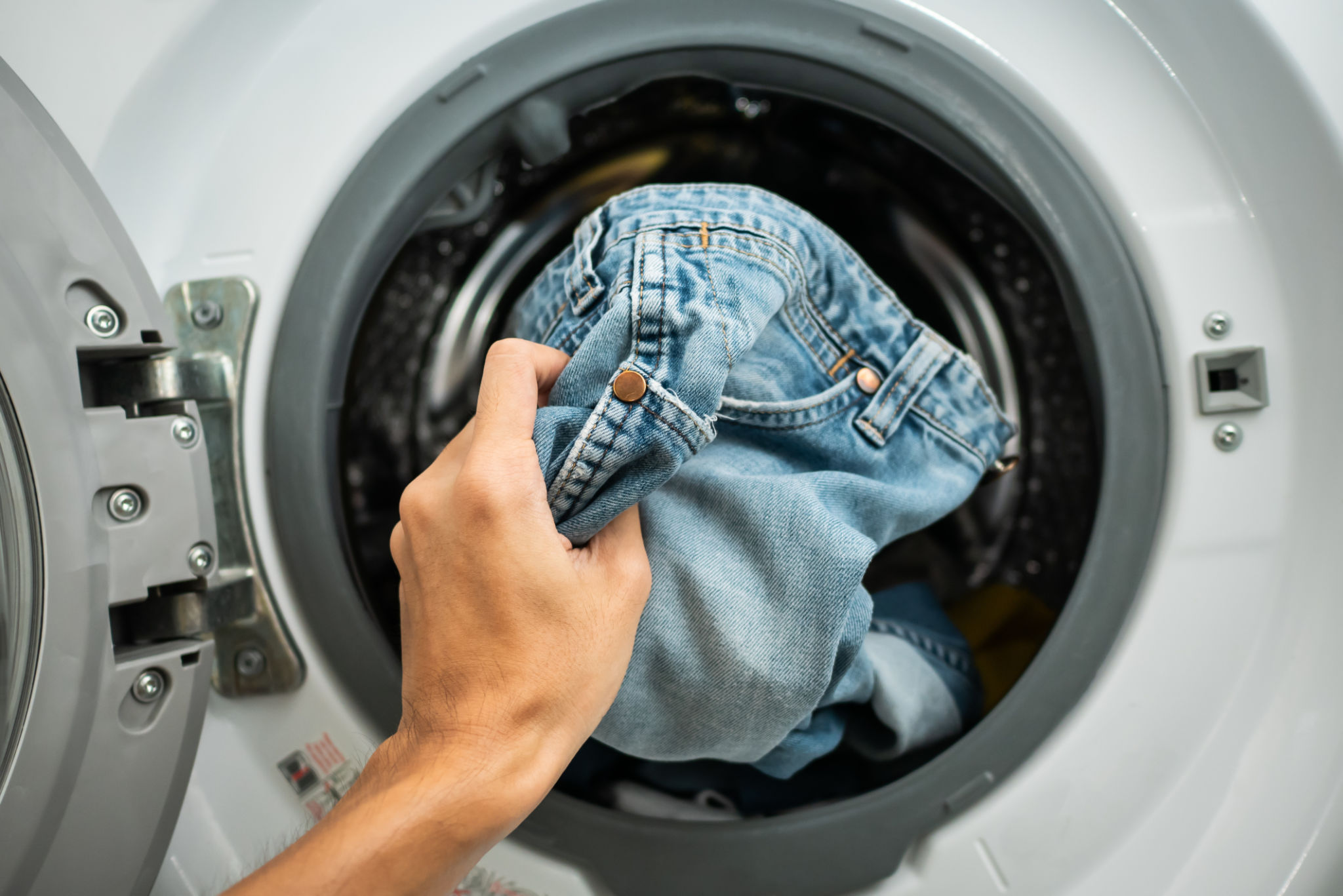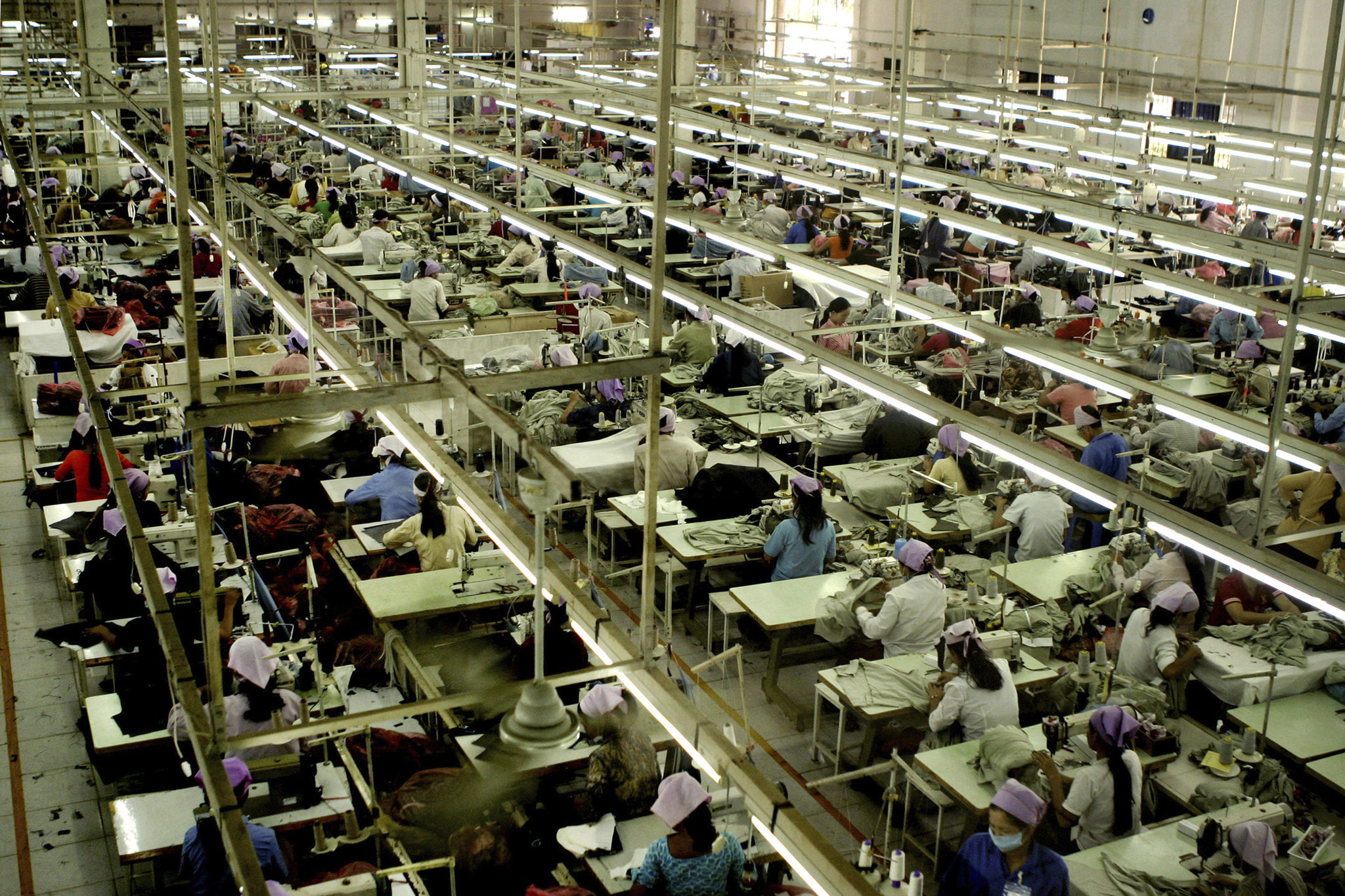A Comprehensive Guide to Choosing the Right Garment Machinery for Your Business
Understanding Your Business Needs
Choosing the right garment machinery for your business starts with a clear understanding of your specific needs. Whether you are running a small boutique or a large manufacturing plant, the type and volume of garments you produce will largely determine the machinery required. Consider factors such as production capacity, fabric types, and design complexity. This initial assessment will guide you in making informed decisions, avoiding costly mistakes, and ensuring that your equipment aligns with your business goals.
Types of Garment Machinery
The garment industry relies on a variety of machinery, each serving a distinct purpose. Some of the essential machinery includes:
- Sewing Machines: Available in various types such as lockstitch, chain stitch, and overlock, each suited for different sewing tasks.
- Cutting Machines: Used for precise fabric cutting, ranging from manual cutters to advanced computerized systems.
- Finishing Machines: Essential for garment detailing, including pressing machines and embroidery machines.
Understanding these categories will help streamline your production process and improve efficiency.

Evaluating Quality and Durability
When investing in garment machinery, quality and durability are key considerations. High-quality machines not only last longer but also enhance productivity by reducing downtime and maintenance costs. Look for machines made from robust materials and backed by reputable manufacturers. It's also beneficial to read reviews and seek recommendations from industry peers to ensure you are selecting reliable equipment.
Considering Technology Integration
In today's fast-paced garment industry, technology integration can significantly boost operations. Modern garment machinery often comes equipped with computerized systems that offer enhanced precision and efficiency. Features such as automated controls and digital interfaces can help streamline production processes, allowing for greater flexibility and customization. Assess how these technological advancements can fit into your current setup and future growth plans.

Budgeting and Cost Analysis
While investing in high-quality machinery is important, it's equally crucial to consider your budget constraints. Conduct a thorough cost analysis to understand both the initial investment and ongoing expenses such as maintenance, parts replacement, and energy consumption. Opt for machines that offer the best value for money without compromising on quality or performance. Additionally, explore financing options or leasing arrangements that might be available to spread out the financial burden.
Training and Support
Once you have selected the right machinery, ensure that your team receives adequate training on its operation and maintenance. Many manufacturers offer training services as part of their package, which can greatly benefit your staff and minimize operational hiccups. Additionally, check for after-sales support and service agreements to ensure that help is readily available when needed. This support can be invaluable in maintaining smooth operations.

Scalability and Future Growth
Your business needs today may not be the same tomorrow. Therefore, it's essential to choose machinery that can scale with your growth. Consider machines that offer modular designs or can be easily upgraded to accommodate increased production demands. Planning for scalability not only ensures sustained business operations but also positions your company for long-term success in a competitive market.
In conclusion, selecting the right garment machinery requires careful consideration of various factors including business needs, quality, technology, budget, training, and scalability. By taking a comprehensive approach to your decision-making process, you can equip your business with the tools necessary to thrive in the ever-evolving garment industry.
